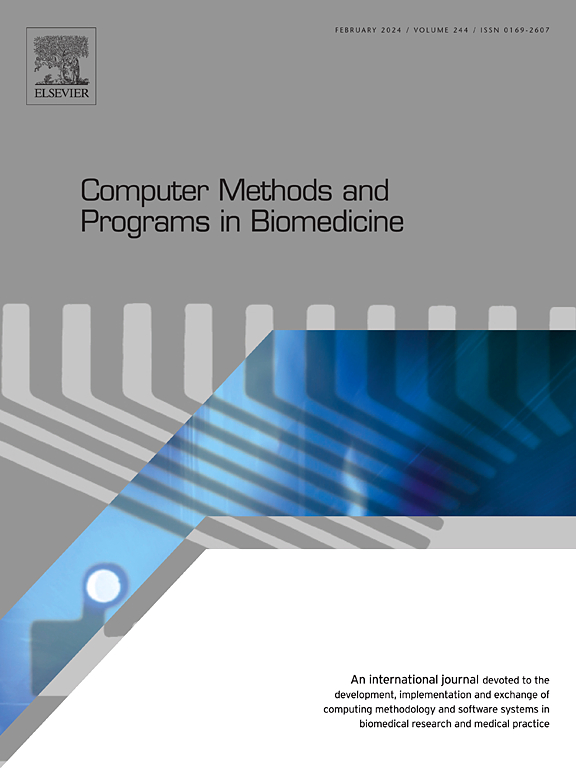S-Net: A novel shallow network for enhanced detail retention in medical image segmentation
IF 4.9
2区 医学
Q1 COMPUTER SCIENCE, INTERDISCIPLINARY APPLICATIONS
引用次数: 0
Abstract
Background and Objective
In recent years, deep U-shaped network architectures have been widely applied to medical image segmentation tasks, achieving notable successes. However, the inherent limitation of this architecture is that multiple down-sampling lead to significant loss of input image detail information. A series of improvements in skip connections designed to enhance information transfer have not fundamentally resolved the issue. Therefore, we consider retaining information in a simpler and more effective way.
Methods
In this paper, we propose a novel shallow network, S-Net, which contains only two output resolution stages, allowing for the preservation of more detailed information from the input images. To address the challenge of shallow networks primarily relying on high-resolution feature maps as the main information flow, we propose a Global-Local Feature Fusion (GLFF) module at the network bottleneck layer. This module integrates the superior global contextual information extraction capabilities of Mamba with the local feature capturing abilities of multi-scale depthwise convolutions, enabling the extraction of crucial semantic features from high-resolution feature maps within a shallow network architecture, while maintaining a smaller model size.
Results
Extensive experiments on four different types of medical image datasets show that S-Net achieves the best segmentation performance compared to existing models, with more refined segmentation details. For example, on ultrasound datasets (BUSI), the IOU is 2.95% higher and DICE is 2.27% higher than the second-best model. Additionally, S-Net has only 1.52M parameters, making it competitive in terms of lightweight design.
Conclusions
Comparative and ablation experiments demonstrate the efficiency of the proposed architecture and modules. It shows that we do not need many down-sampling operations to reduce the size of feature maps significantly. This work provides new research ideas for further improving the accuracy of medical image segmentation and expands the research direction for model lightweight design. The code will be available at: https://github.com/qinghua0715/S-Net
求助全文
约1分钟内获得全文
求助全文
来源期刊

Computer methods and programs in biomedicine
工程技术-工程:生物医学
CiteScore
12.30
自引率
6.60%
发文量
601
审稿时长
135 days
期刊介绍:
To encourage the development of formal computing methods, and their application in biomedical research and medical practice, by illustration of fundamental principles in biomedical informatics research; to stimulate basic research into application software design; to report the state of research of biomedical information processing projects; to report new computer methodologies applied in biomedical areas; the eventual distribution of demonstrable software to avoid duplication of effort; to provide a forum for discussion and improvement of existing software; to optimize contact between national organizations and regional user groups by promoting an international exchange of information on formal methods, standards and software in biomedicine.
Computer Methods and Programs in Biomedicine covers computing methodology and software systems derived from computing science for implementation in all aspects of biomedical research and medical practice. It is designed to serve: biochemists; biologists; geneticists; immunologists; neuroscientists; pharmacologists; toxicologists; clinicians; epidemiologists; psychiatrists; psychologists; cardiologists; chemists; (radio)physicists; computer scientists; programmers and systems analysts; biomedical, clinical, electrical and other engineers; teachers of medical informatics and users of educational software.
 求助内容:
求助内容: 应助结果提醒方式:
应助结果提醒方式:


